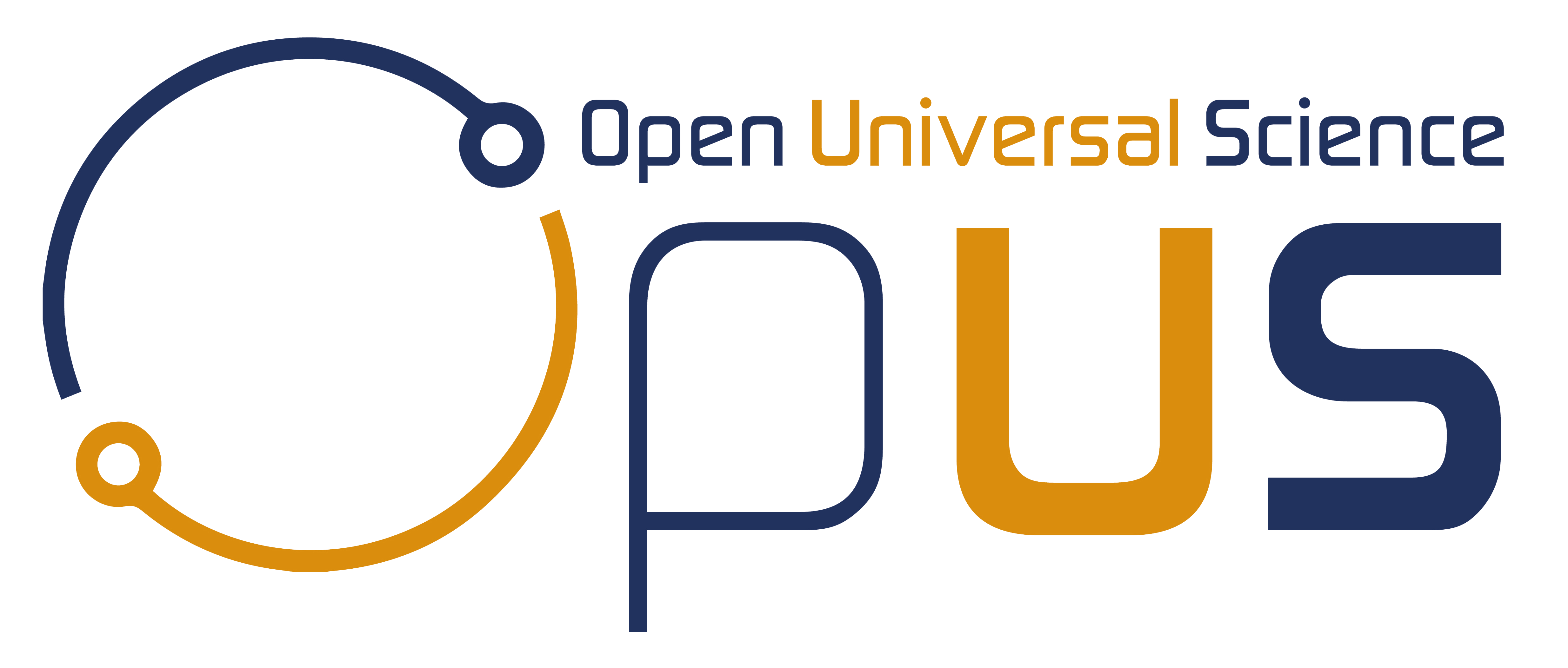
A Human Approach to Fairness and Inclusion
A Human Approach to Fairness and Inclusion https://opusproject.eu/wp-content/uploads/2024/02/inclusion-1024x538.jpg 1024 538 Open and Universal Science (OPUS) Project Open and Universal Science (OPUS) Project https://opusproject.eu/wp-content/uploads/2024/02/inclusion-1024x538.jpgToday, let’s dive into a topic that’s as diverse as the colors of the rainbow: diversity in academia. Picture this: academia is like a vibrant garden, bursting with different flowers, each unique in its beauty and contribution. But just like any garden, it requires care and attention to ensure that all flowers, regardless of their shape, size, or color, have the opportunity to thrive. So, let’s grab our watering cans and gardening gloves as we explore what diversity in academia truly means and how we can nurture it fairly.
First things first, what exactly is diversity in academia? Well, it’s not just about ticking boxes or meeting quotas. Diversity is about recognizing and celebrating the rich tapestry of human experiences, perspectives, and backgrounds that make up the academic community. It’s about embracing differences in race, ethnicity, gender, sexual orientation, socioeconomic status, disability, and more, because it’s these differences that enrich our collective understanding and propel us forward in our quest for knowledge.
Now, you might be wondering: how do we ensure that our academic garden is truly diverse and inclusive? Here are a few human-friendly strategies to consider:
- Cultivating Inclusive Spaces: Just like plants need the right soil to grow, people need inclusive environments to thrive. This means creating spaces where everyone feels welcome, valued, and respected, regardless of who they are or where they come from. It’s about fostering a culture of belonging where diverse voices are heard and celebrated.
- Seeding Opportunities Equitably: Imagine if only certain flowers were given sunlight and water, while others were left to wither in the shade. That wouldn’t be fair, right? Similarly, we must ensure that opportunities for education, funding, mentorship, and advancement are distributed equitably among all members of the academic community. This might mean implementing targeted outreach programs, providing financial support for marginalized students, or actively seeking out diverse perspectives in hiring and promotion decisions.
- Nurturing Talent and Potential: Just like plants need care and attention to reach their full potential, so too do aspiring scholars from underrepresented backgrounds. This means providing mentorship, support, and resources to help them flourish academically and professionally. It’s about recognizing and nurturing talent wherever it may be found, rather than confining it to traditional molds or expectations.
- Harvesting the Fruits of Diversity: Diversity isn’t just a feel-good buzzword; it’s also a catalyst for innovation and excellence. Research has shown time and again that diverse teams are more creative, more productive, and better equipped to tackle complex problems. By harnessing the power of diversity, we can unlock new insights, break down barriers, and pave the way for groundbreaking discoveries that benefit us all.
- Continuously Tending to the Garden: Achieving diversity and inclusion isn’t a one-time task; it’s an ongoing commitment that requires constant care and attention. Just as a garden requires regular watering, pruning, and weeding to stay healthy, so too does academia require ongoing efforts to address systemic biases, dismantle barriers, and promote fairness and equity for all.
So there you have it, my fellow gardeners of knowledge: a human-friendly guide to fostering diversity and inclusion in academia. By embracing our differences, nurturing our collective potential, and tending to our academic garden with care and compassion, we can create a more vibrant, equitable, and flourishing scholarly community for generations to come. Let’s roll up our sleeves and get to work, because together, we can cultivate a brighter future for academia and beyond!
Photo via builtin
- Posted In:
- Open Science News




